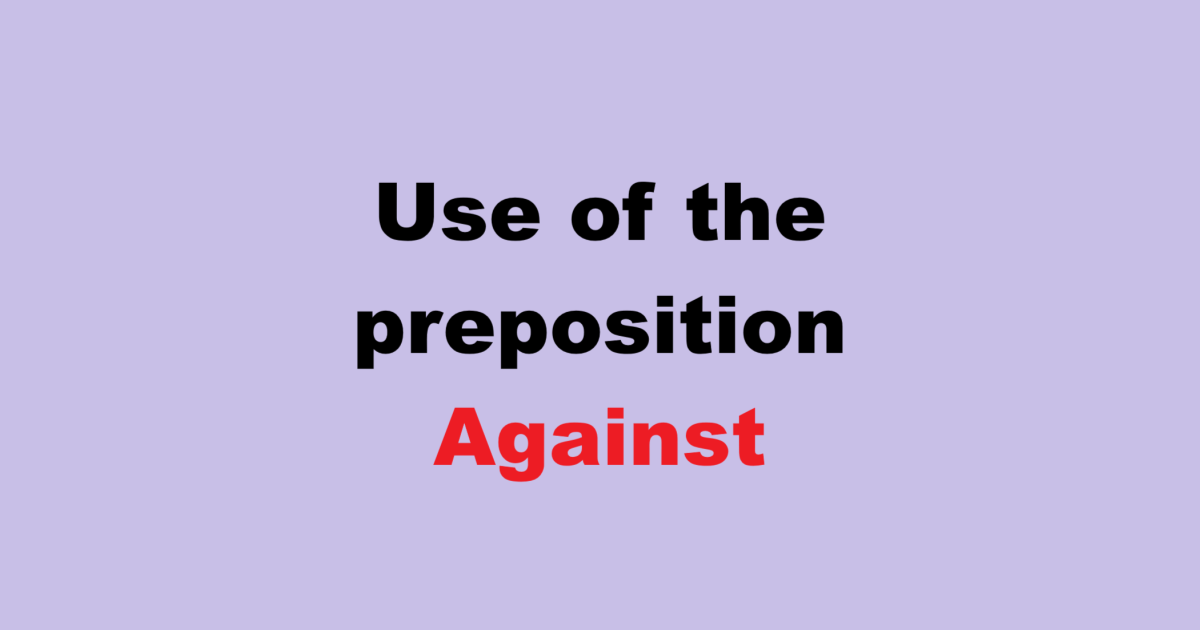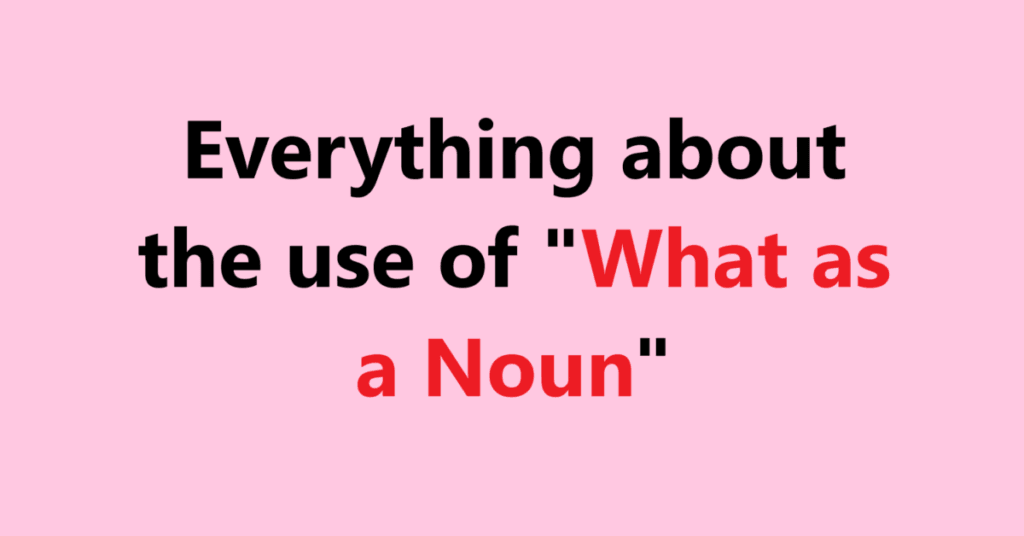Use of the preposition Against. The preposition “against” is a common word, seemingly straightforward, but its usage is surprisingly versatile. It goes far beyond simply indicating opposition or conflict. This blog post will delve into the various meanings and applications of “against,” providing examples and explanations to help you understand its nuances and use it effectively in your own writing.
While we often associate “against” with battling something, a closer examination reveals a broader scope encompassing protection, contact, contrast, and even time. Let’s explore these facets one by one.
Use of the preposition Against
1. Opposition and Resistance: The Classic “Against”
This is arguably the most well-known use of “against.” It signifies being in opposition to, resisting, or contending with something or someone.
- Direct Conflict: This involves a direct struggle or competition.
- Example: “The rebels fought against the tyrannical regime.” Here, “against” directly illustrates the conflict between two opposing forces.
- Example: “The lawyer argued against the prosecution’s case.” The lawyer is actively challenging the opposing side’s argument.
- Disagreement or Protest: This usage implies disapproval or resistance to an idea, policy, or action.
- Example: “Many people protested against the proposed tax increase.” This demonstrates public disapproval and resistance to a specific policy.
- Example: “She voted against the bill in Parliament.” This signifies formal opposition within a political system.
- Protection From: Ironically, “against” can also indicate defending oneself or something else from a threat. In this case, it implies a protective measure taken against potential harm.
- Example: “He wore a helmet against potential head injuries.” The helmet acts as a shield, protecting him from harm.
- Example: “The city built levees against flooding.” The levees are designed to protect the city from the threat of floods.
2. Physical Contact and Support: Leaning, Resting, and More
“Against” can also describe physical contact or pressure exerted on something. This encompasses leaning, pressing, and supporting.
- Leaning or Resting: This indicates that something is positioned in a way that it relies on another object for support.
- Example: “She leaned against the wall, exhausted.” Her body is in contact with the wall, using it for support.
- Example: “The ladder was placed against the building.” The ladder relies on the building for its stability.
- Pressing or Pushing: This suggests a force being applied in a specific direction.
- Example: “He pressed his ear against the door, trying to hear what was being said.” He is physically pushing his ear against the door.
- Example: “The crowd pushed against the barriers.” The crowd is exerting force on the barriers.
- Direction of Movement: “Against” can also indicate movement in the opposite direction to something else, particularly wind or water.
- Example: “The boat sailed against the current.” The boat is moving in opposition to the flow of water.
- Example: “He struggled to walk against the strong wind.” He is moving in the opposite direction to the wind.
3. Juxtaposition and Contrast: Highlighting Differences
“Against” can be used to create a sense of contrast or to highlight the differences between two things. This is often used to create visual or metaphorical impact.
- Visual Contrast: This involves placing two things side-by-side to emphasize their distinct features.
- Example: “The dark silhouette of the tree stood out against the bright sunset.” The contrasting colors create a striking visual.
- Example: “The red brick wall contrasted sharply against the green lawn.” The different colors and textures are emphasized by their proximity.
- Metaphorical Contrast: This involves comparing two things to highlight their opposing qualities or characteristics.
- Example: “Her kindness shone brightly against the backdrop of his cynicism.” Her positive attitude is highlighted by his negative one.
- Example: “The company’s profits plummeted against a backdrop of economic growth.” The contrast emphasizes the unusual situation.
4. Rules and Laws: Transgression and Compliance
“Against” is frequently used to indicate a violation of rules, laws, or regulations. Conversely, it can also be used to indicate protection from something within a framework.
- Violation of Rules: This signifies breaking a rule, law, or code of conduct.
- Example: “It is against the law to drink and drive.” This highlights a specific legal prohibition.
- Example: “Cheating is against the rules of the game.” This specifies a violation of the established guidelines.
- Within a System: Similar to the protective meaning, “against” can define the parameters of a system.
- Example: “He has insurance against theft.” The insurance protects him from financial loss resulting from theft within the context of the insurance agreement.
5. Time and Preparation: Planning and Readiness
While less common, “against” can also relate to time, often indicating preparation or provision for a future event.
- Preparation for a Future Event: This implies taking steps to prepare for something that may happen in the future.
- Example: “We saved money against a rainy day.” This highlights saving as a preparation for potential future financial hardship.
- Example: “They stockpiled food against the possibility of a hurricane.” They are gathering supplies in anticipation of a potential disaster.
6. Idiomatic Expressions: Expanding the Scope
Finally, it’s important to consider the many idiomatic expressions that utilize “against.” These often have meanings that are not immediately obvious from the individual words themselves.
- “To be up against something”: To face a difficult challenge or obstacle.
- Example: “The company is up against some serious competition.”
- “Against all odds”: Despite seemingly insurmountable difficulties.
- Example: “He won the race against all odds.”
- “Against the clock”: In a hurry, racing to finish something before a deadline.
- Example: “We worked against the clock to complete the project on time.”
- “Go against the grain”: Act or think in a way that is contrary to the norm or expected behavior.
- Example: “He always tries to go against the grain.”
Conclusion:
As demonstrated, “against” is a surprisingly multifaceted preposition with a wide range of applications. From indicating opposition and physical contact to highlighting contrast and preparing for the future, understanding the nuances of “against” is crucial for clear and effective communication. By considering the context in which it is used, you can better grasp the intended meaning and utilize this versatile word with greater precision in your own writing and speech. So, the next time you encounter “against,” take a moment to consider the subtle ways it shapes the meaning of the sentence. You might be surprised at what you discover!


